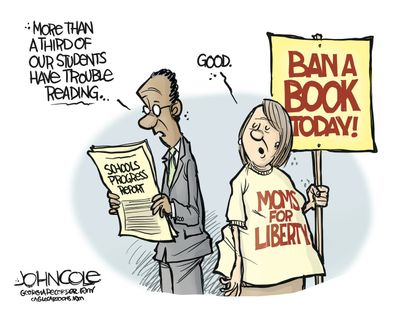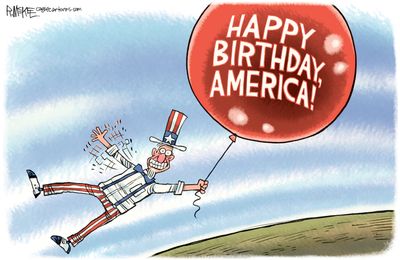by Gloria Gomez/UA Don Bolles Fellow, Arizona Mirror
March 17, 2022
Legislation which would make it illegal to film police officers within eight feet of them is closer to becoming law, despite concerns that it could hinder efforts to document misconduct.
“We believe that this bill stacks the deck against the public check on officer misconduct,” Timothy Sparling, a lawyer and legislative advocate for Arizona Attorneys for Criminal Justice, said during a Senate Judiciary Committee hearing on Tuesday.
Sparling spoke against House Bill 2319, saying it leaves too much up to the discretion of the officers. The bill states that a person may not film an officer within eight feet without the officer’s permission, and allows both bystanders and those involved in the interaction to film only if such an action is not “interfering” in law enforcement activity.
“When officers have such wide discretion to determine, say, what is lawful conduct or what is unlawful conduct on the ground and that is not properly defined … it’s ultimately up to whatever the officer wants it to be,” Sparling said.
Originally, the bill prohibited filming within 15 feet, but was adjusted to reflect eight-foot moving buffer zones upheld by the U.S. Supreme Court 14 years ago between protestors and abortion clinic patients. K.M. Bell, an attorney for the Arizona chapter of the American Civil Liberties Union, said that ruling doesn’t apply because the situations aren’t equivalent.
The clinic buffer zones were implemented around one area, and only after an extensive record of issues between patients and protestors, Bell said. Officers aren’t constrained to one location, and a similar record of conflict with people filming doesn’t exist.
“In that case they were private citizens seeking medical care. Here we have officers who are out in public performing their taxpayer-funded public duties,” Bell said.
The eight-foot buffer zone also doesn’t account for movement from the officers towards the person filming, which may shorten the distance and lead to them being found in violation, Bell pointed out. Neither does the bill accommodate a lack of knowledge from the person filming — not everyone can accurately judge what eight feet looks like.
Filming an officer while less than eight feet away after being asked to stop could earn a person a class 3 misdemeanor, which comes with a minimum of 30 days in jail.
Rep. John Kavanagh, who previously served as a Port Authority officer in New York and New Jersey, sponsored the bill, and called it a measure in support of law enforcement safety.
“This is about preventing violence and misunderstandings, preventing the destruction of evidence and preventing police officers from harm,” he said.
The Fountain Hills Republican responded to concerns about officers moving closer to people filming by saying that if they’re acting lawfully and standing still, there’s no reason for the officers to move towards them because they’re not considered suspicious.
Sen. Martin Quezada, D-Glendale, called that explanation “laughable”.
“I have participated in efforts to film police officers that are doing their jobs and you are absolutely a suspicious person to law enforcement at that point. And they aggressively come towards you to see why you were filming,” he said.
Quezada warned that the measure would restrict public oversight of police misconduct, and constitutes a restriction on actions that need transparency the most.
Sen. Sonny Borrelli, R-Lake Havasu City, brought up body cameras as efficient alternatives. Research about the ability of body cameras to reduce police use of force is uncertain, and a reduction of complaints may be the result of a reduction in complaints filed, and not so much a reduction in officer misconduct.
Ultimately, Borrelli said, filming by members of the public puts officers in jeopardy. He noted that the space between his seat on the panel and the speakers at the podium was about 15 feet, and even that, in his opinion, was far too close. There was no formal measuring of the distance.
“There needs to be some distance, the officers need to secure the scene for their own safety, for the safety of the public,” Borrelli said.
Sen. Warren Petersen, a Gilbert Republican who chairs the committee, agreed with Borrelli that distance was the matter of safety. He said that his distance from Borrelli on the panel, separated only by Sen. Wendy Rogers, R-Flagstaff, mirrored the eight-foot requirement in the bill.
“I can’t think of any compelling reason why you would need to be closer than that. In fact, you definitely lose a lot by getting closer. You’re missing the big picture, especially with how clear cameras are,” he said.
The measure was approved by the five Republican members of the committee, with the three Democrat panelists voting against it. If the full Senate approves it, the bill will go to Gov. Doug Ducey’s desk.
Arizona Mirror is part of States Newsroom, a network of news bureaus supported by grants and a coalition of donors as a 501c(3) public charity. Arizona Mirror maintains editorial independence. Contact Editor Jim Small for questions: info@azmirror.com. Follow Arizona Mirror on Facebook and Twitter.




